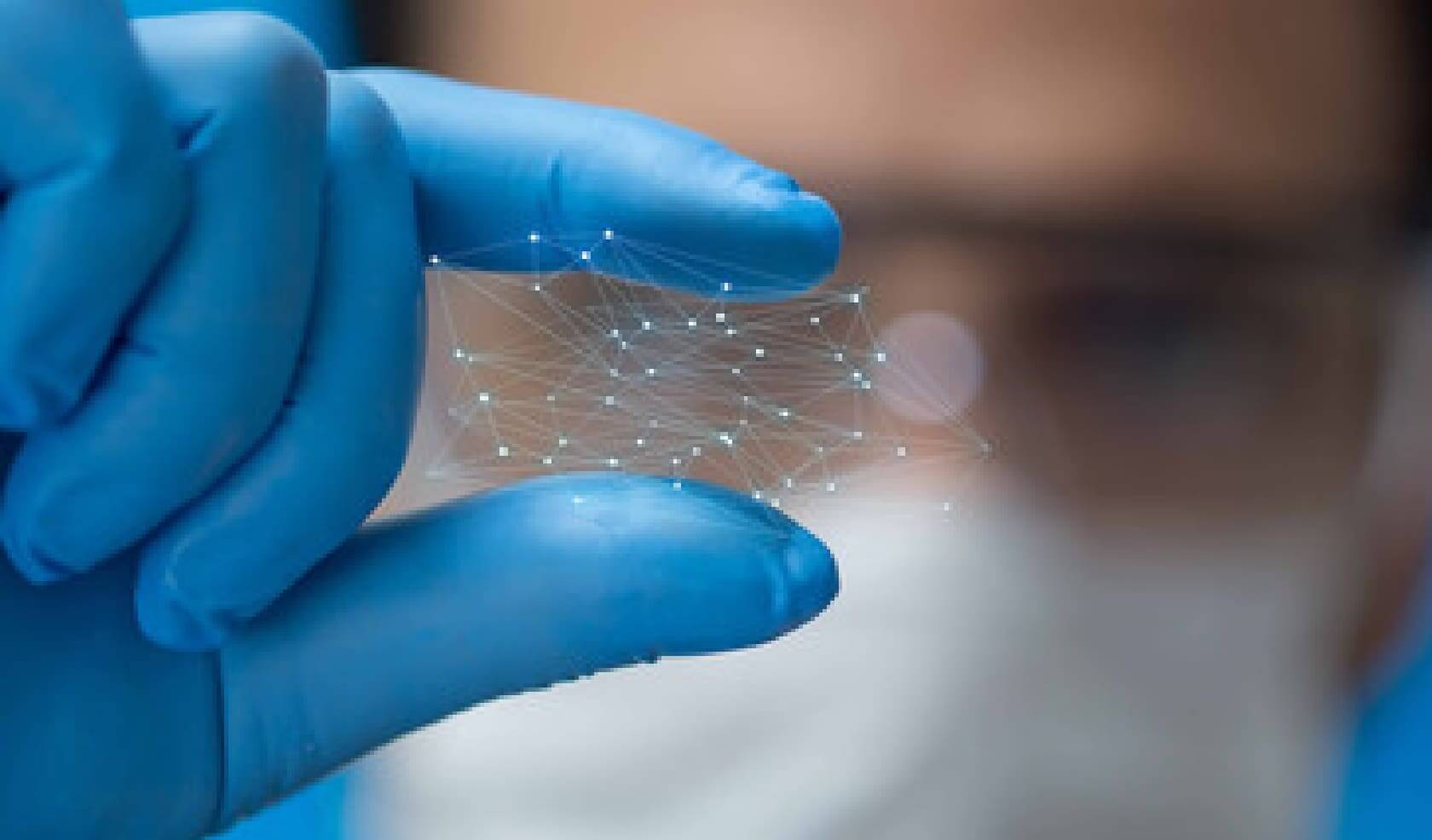Growth Strategy and Future Development
●We mainly provide cellulose nanofiber (CNF), which is expected to be a new material derived from biomass.
●In collaboration with industry, government, and academia, we introduce the characteristics and use cases of CNF and promote the development of new eco-friendly products.
●Making full use of various nanomaterials and nanodispersion technology, we are promoting development proposals for various applications.
●We are working together beyond the framework of each business to strengthen our efforts to provide environmentally friendly products in a wide range of fields.
Nanocellulose/Cellulose, Chitin Nanofiber
CNF (cellulose nanofiber), a next-generation material that is one-fifth the weight of steel and more than five times the strength of steel, is attracting attention as the world’s most advanced biomass raw material. It is a material that is expected to be applied to a wide range of uses.
We are contributing to the development of new environmentally friendly products using CNF, and are working to contribute to the realization of a decarbonized and recycling-oriented society, with the goal of early realization of social implementation (industrialization).
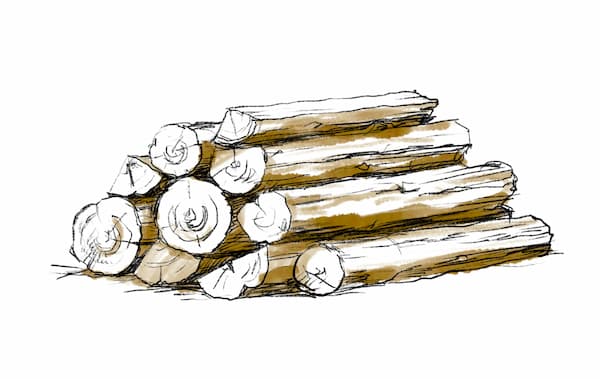


Nanofibers can be made from a variety of natural materials such as wood, crab shells, and sugar derived from sugar beet and sugar cane.
Main Products Handled

- CNF (cellulose nanofiber)
- MFC (microfibrillated cellulose)
- CNC (cellulose nanocrystal)
- NC (nanocellulose)
- BC (bacterial cellulose)
- Chitin nanofibers
- Crystalline cellulose, etc.
Please also refer to the link below for information on cellulose nanofibers.
(Open in new window: Shikoku Industry and Technology Promotion Center)
CNF utilization examination hint collection
Nanomaterials and Nanodispersion Technology
Utilizing various nanomaterials and nanodispersion technology, we are making development proposals for various applications.
It can be expected to be used in a wide range of industries and products and to have various characteristics.



Main Handling Products
- CNT (carbon nanotube)
- Silica/Hollow silica
- aluminum oxide
- titanium oxide
- zirconium oxide
- barium titanate
- ATO etc.
Application/Characteristics
●Industries and products that can be expected to be utilized
Automobiles, electronics, plastics, functional films, batteries, medical care, food products, cosmetics, paints, rubber, civil engineering and construction, agriculture, etc.
●Expected properties
Light weight, high strength, high elastic modulus, low thermal expansion, high thermal conductivity/electrical insulation, gas barrier properties, transparency, surface smoothness, flexibility, catalyst carrying capacity, porosity, wound healing, dermatitis relief, hair growth ・Hair growth, antibacterial, cell activation, cell culture medium, biocompatible material, water retention, moisture retention, thixotropy, thickening, dispersion stability, rubber reinforcement, adhesion strength improvement, heat insulation, sound absorption, adsorption, plant growth promotion Immunity improvement, high refractive index, low refractive index, low dielectric constant, antireflection, transparent conductivity, antistatic, hard coat, heat shielding, radio wave noise absorber, millimeter wave region radio wave absorber, bending strength, elastic modulus improvement, adhesion strength, and peel strength improvement
Etc.
Sustainable Development Goals (SDGs)
The SDGs are goals shared by the international community that aim for “sustainable development” in terms of society, economy, and environment.
Adopted by the United Nations General Assembly in 2015, it includes 17 goals and 169 targets to be achieved by 2030.
Miki Sangyo believes that the SDGs are important international sustainability goals and challenges for governments, the private sector, and civil society that strive to leave a better world for future generations. We aim to identify environmental and social materiality and contribute to the achievement of the SDGs.
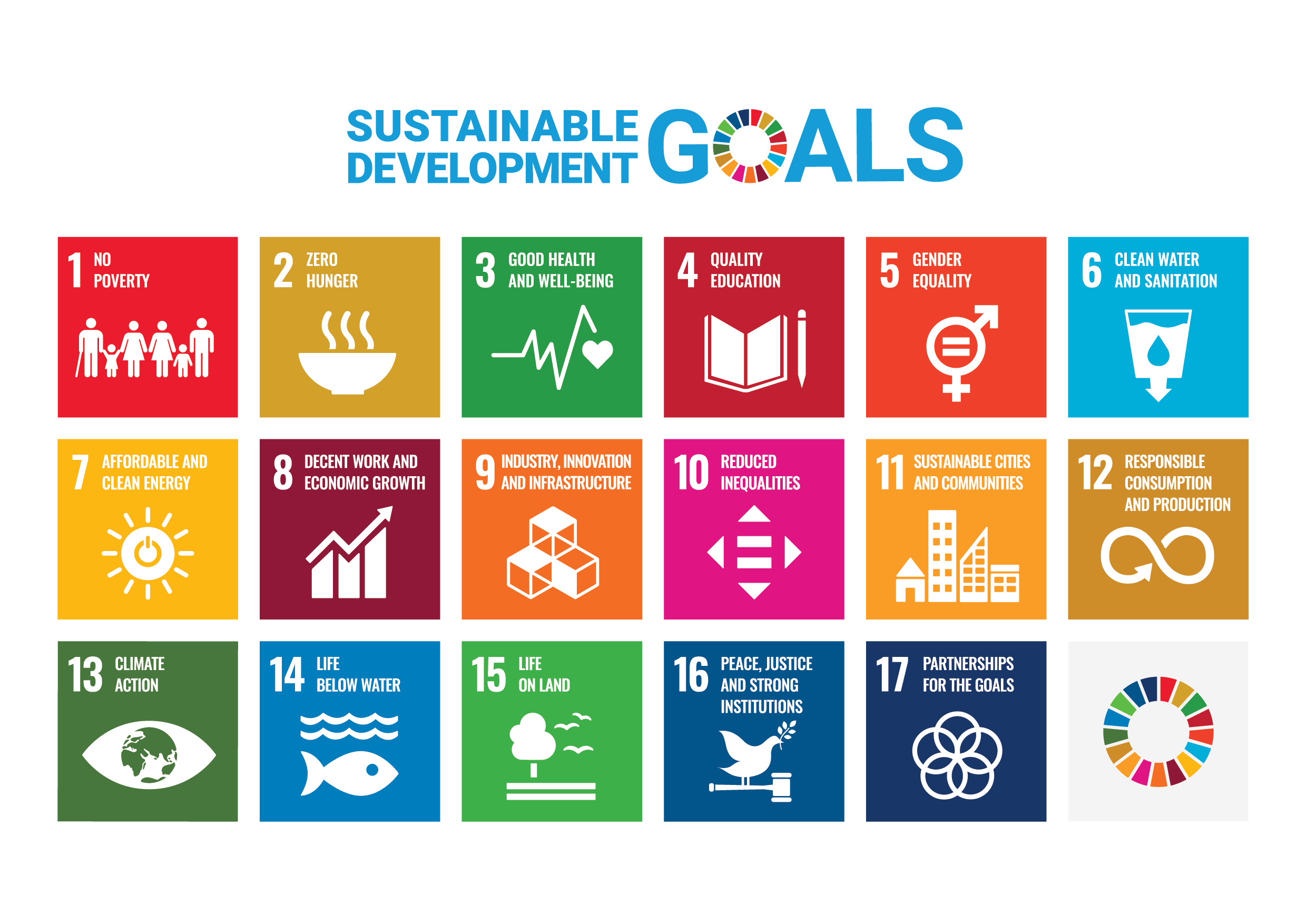
CNF contributes to many of those goals, with three of the most important links:
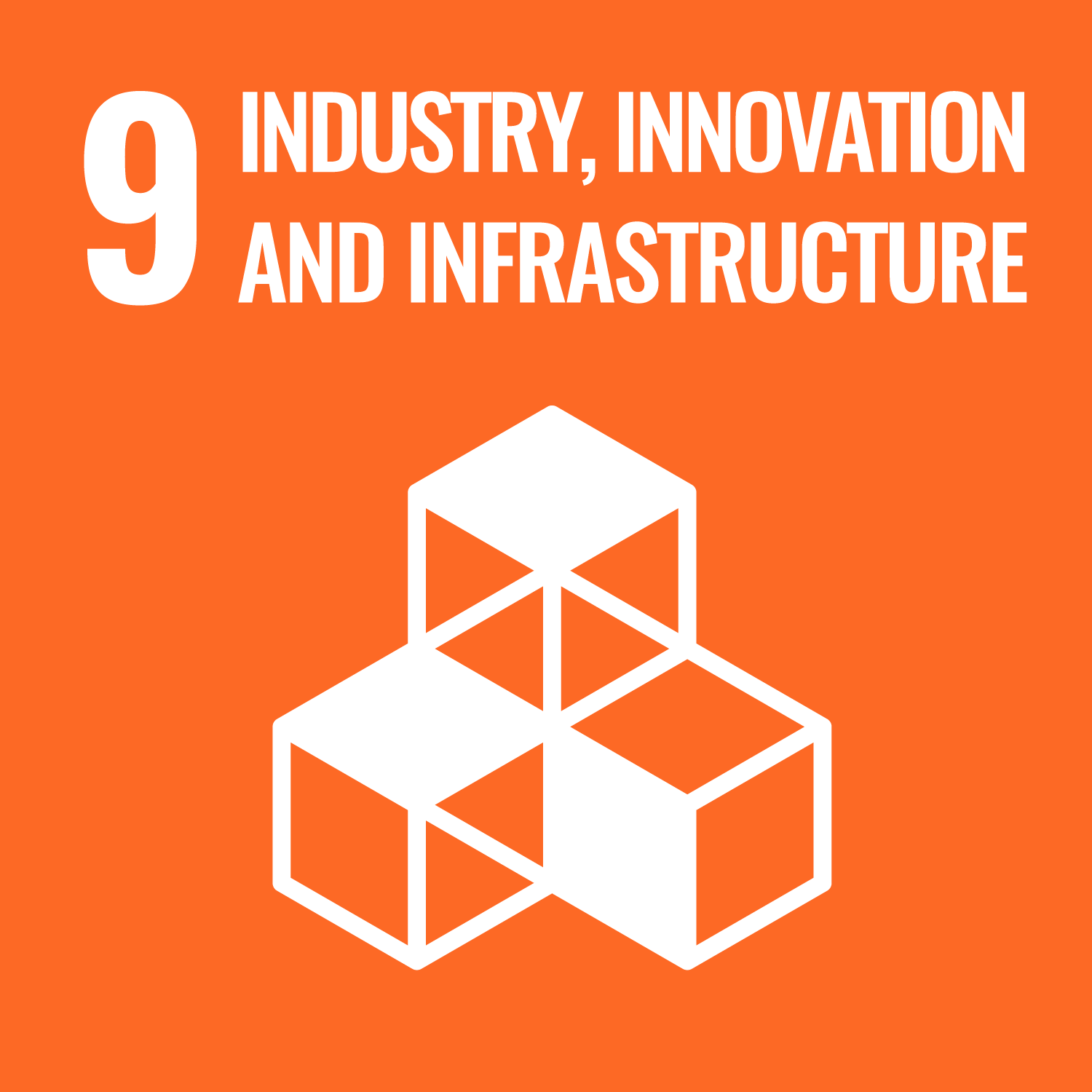
Goal 9. Build a foundation for industry and innovation
Although CNF itself is a new material, its raw material has been around for a long time. The fact that it has become applicable to such a wide variety of fields is due to advances in nanotechnology. In order to create a new industry based on CNF, it is essential to further develop technology to solve the problems for practical use.
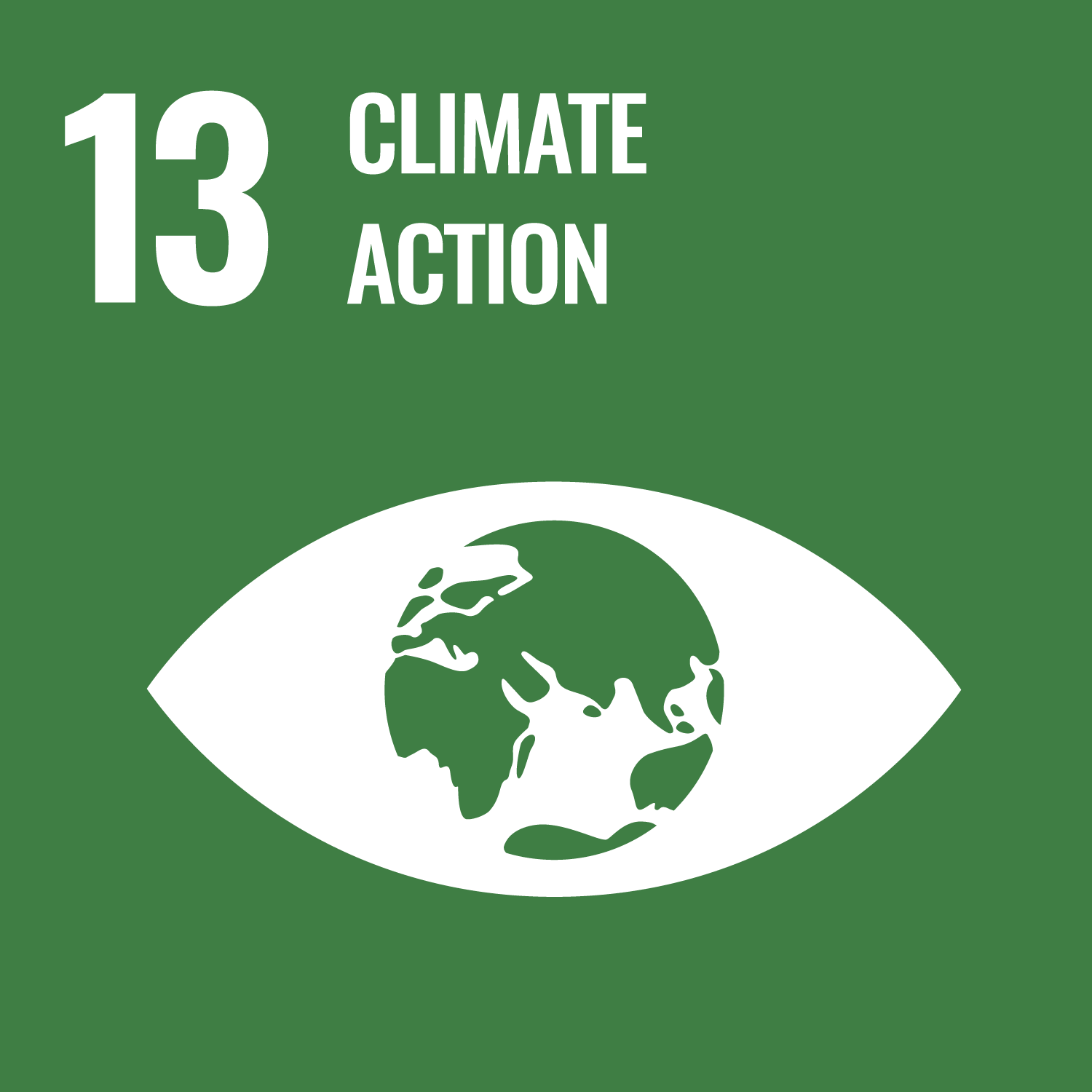
Goal 13. Take concrete action against climate change
Global warming, which causes climate change, is closely related to CO2 emissions. It is also known that one of the causes is the disposal of petroleum-derived products. CNF not only replaces petroleum-derived products, but it also absorbs CO2 during the process of growing as a plant. It can be said that the popularization of CNF and naturally-derived materials is already in an urgent situation in terms of climate change countermeasures.
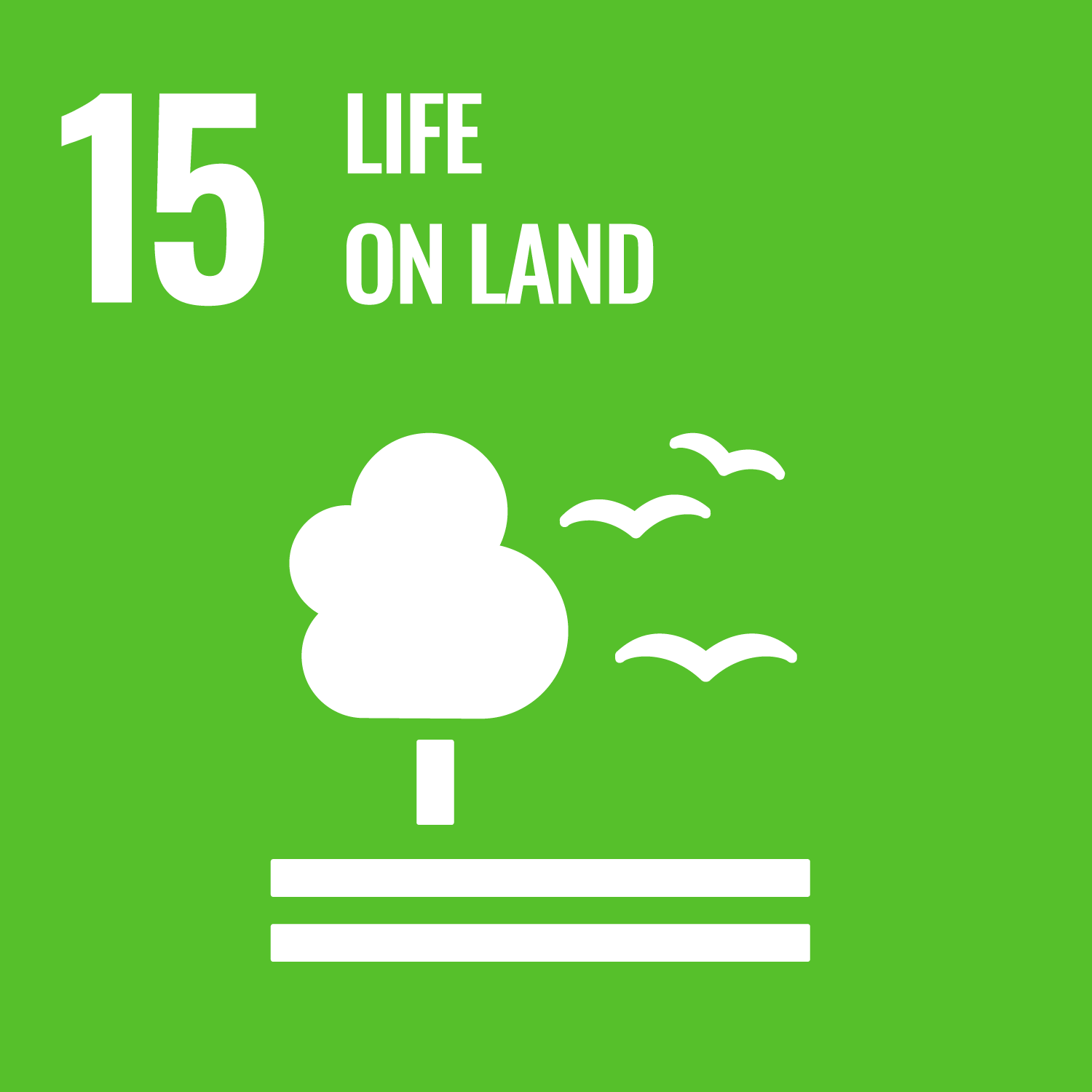
Goal 15. Protect the richness of land
All of the targets in Goal 15 of the SDGs are closely related to the forest environment.


